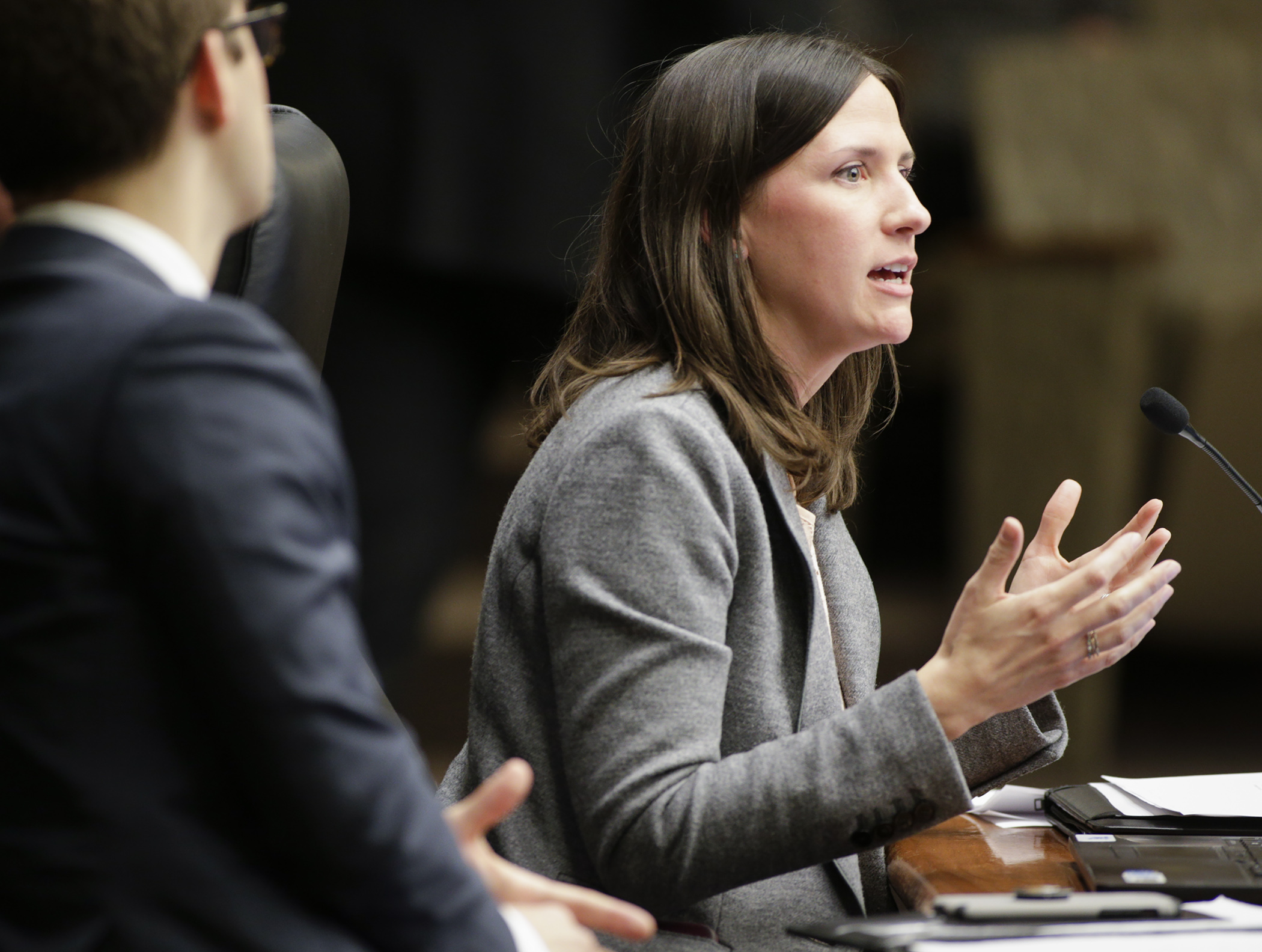Results First aims to help legislators make better decisions

Scared Straight was a crime prevention program that took young ne’er-do-wells into adult prisons in hopes of terrifying them into law-abiding ways. There was even a television show about it.
It didn’t work.
Actually, the program did more harm than good, Weston Merrick, Results First coordinator at Minnesota Management and Budget, told the Health and Human Services Finance Division Thursday.
Studies showed that participants were more likely to commit crimes later in life, and an analysis conducted in Washington state found that every dollar put into the program ended up costing the government $119 later on, he said.
The story illustrates the importance of data and evidence when it comes to making legislative decisions.
“Anecdotes and assumptions about what works can be widespread, but, increasingly, scientific evidence is also available to indicate whether a given program or policy can produce desired results,” program management coordinator Laura Kramer said.
And that evidence is available to legislators through Results First, an initiative brought to Minnesota in 2015 as a way of helping legislators make better — and better-informed – decisions through data and research.
The initiative has completed studies addressing adult mental health, adult criminal justice, substance abuse, juvenile justice, child welfare, and higher education. A study on children’s mental health is scheduled for release next week, Kramer said.
The studies are available online along with an inventory of more than 400 publically funded programs and services from across the state.
These are each described as “proven effective,” “promising,” “theory based,” as having “mixed effects” or “no effects” based on the research available and its results.
People shouldn’t worry that good ideas with the potential to make a big impact will go unnoticed and unfunded without the “proven effective” label, however. Theory-based programs are important, as well, as they allow for innovation and improvement, Merrick said.
Over time, as data is generated and outcomes can be tracked, theory-based programs can become evidence-based, he said.
Legislators can use these resources to coordinate efforts, set priorities, and ensure that their proposals don’t replicate work that’s already being done, said Rep. Tina Liebling (DFL-Rochester), the division chair.
Liebling encouraged division members to refer to Results First while preparing legislation for review by the division. Many subjects expected to come up in the division’s discussions this session fall under the purview of past reports, though information – especially cost-benefit estimates – won’t always be available, given the scope of information required for analysis.
The Pew-MacArthur Results First Initiative ranked Minnesota as the third-strongest state in the country when it comes to evidence-based policymaking, but there is still room for improvement, Kramer said.
“A lot of states are thinking about how to bring evidence into the policymaking process and there are some great ideas out there, but it’s still a work in progress,” she said. “We’re looking forward to being able to do that with you.”
Related Articles
Search Session Daily
Advanced Search OptionsPriority Dailies
Speaker Emerita Melissa Hortman, husband killed in attack
By HPIS Staff House Speaker Emerita Melissa Hortman (DFL-Brooklyn Park) and her husband, Mark, were fatally shot in their home early Saturday morning.
Gov. Tim Walz announced the news dur...
House Speaker Emerita Melissa Hortman (DFL-Brooklyn Park) and her husband, Mark, were fatally shot in their home early Saturday morning.
Gov. Tim Walz announced the news dur...
Lawmakers deliver budget bills to governor's desk in one-day special session
By Mike Cook About that talk of needing all 21 hours left in a legislative day to complete a special session?
House members were more than up to the challenge Monday. Beginning at 10 a.m...
About that talk of needing all 21 hours left in a legislative day to complete a special session?
House members were more than up to the challenge Monday. Beginning at 10 a.m...